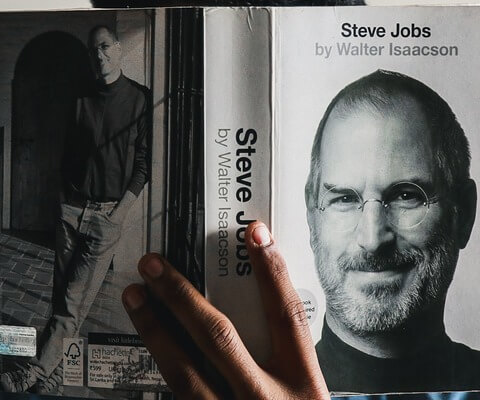Thought Leadership
New Survey Finds 51% Of Organisations Have Never Completed An Equal Pay Audit
A new pulse survey by reward consultancy 3R Strategy, which investigates pay budgets, pay transparency, and equal pay efforts across organisations, has revealed that over half of organisations have never completed an equal pay audit.
The survey shows the actual UK pay budgets for 2023 and how the continued high inflation and cost of living pressures have influenced pay budgets for organisations. Using data collected in March 2023, HR professionals answered various questions relating to pay budgets and current pay and reward topics. This included cost-of-living assistance, flexible working, and pay transparency.
One of the key findings was the lack of businesses completing equal pay audits. Respondents were asked when their organisation conducted its last equal pay audit. The survey found that 51% of organisations have never completed an equal pay audit.
36% answered that they had completed one in the last year, and 7% within the last three years. 6% had not completed an equal pay audit in the last three years.
Founder and manager of 3R Strategy, Rameez Kaleem, found these figures quite concerning, given that ensuring equal pay for equal work is a legal requirement under the Equality Act 2010.
‘’Equal pay audits are not compulsory, but we advise that organisations carry one out at least every three years. An equal pay audit allows organisations to identify, explain and eliminate pay inequalities,” he commented.
He suggested that businesses start by conducting an equal pay audit and then ensuring that any discrepancies are reviewed and addressed in the fairest way possible.
The pulse survey also provided insights into the following key issues:
Pay Transparency
Only 12% of survey participants said they publish salary ranges for employees to see. Of those who said they do not publish salary ranges, 27% said their framework was under development, 15% were concerned about potential reactions, and 11% said it was not a priority.
Other reasons included: training/effective communication was needed before sharing (16%), Not enough confidence that current ranges are right for the organisation(11%), Concerned about equal pay (10%), and No salary ranges (17%).
Organisations with a career framework/job architecture
A complete job architecture gives organisations a set of bands designed to ensure fairness and consistency in their approach to pay, bonuses, and benefits. Of the respondents, 49% of organisations had no framework. 14% had a framework but no definitions, and 37% had both a framework and definitions.
The full survey can be found on the 3R Strategy website here. This report builds upon their global salary planning survey published in September 2022, which includes data relating to forecasted pay review budgets for 2023. The company’s following global salary planning survey will be published in October 2023.
About 3R Strategy
3R Strategy is an independent reward consultancy dedicated to helping organisations build a culture of trust through pay transparency. It was founded by Rameez Kaleem after he graduated in economics from University College London. Rameez pursued various in-house reward consultancy roles before leaving to set up 3R Strategy and support organisations on their journey towards pay transparency. 3R Strategy supports organisations with pay and reward strategy, job evaluation and architecture, pay structure design, equal pay, and much more.
Written by Contributing Writer Surendra Challapalli, Vice President – Business System Analysis Sr Manager, Citi In today’s fast-paced digital landscape, organizations are increasingly...
Written by Contributing Writer, Allison Jones Thankfully, the conversations we’re having around inclusion and diversity have changed over recent years. Most leaders now understand that having a diverse...
A survey into leadership competency has revealed that only 14% of leaders are influential, despite over 85% being ranked as competent leaders. Created by Judith Germain, the survey data was collected from...
Meeting is a word that tends to be most unwelcome in business. Do you ever feel that all you do all day is attend meetings? Meetings about sales, finances, what type of fridge would suit the team, and my...
Often in organizations, the focus is on looking after the mental health of the employees; however, it is just as important to ensure leaders take care of their own mental well-being. How can a leader...
Written by contributor writer, Dominic Monkhouse, Founder & CEO of Monkhouse and Company Every great or aspiring-to-be-great business needs an amazing hiring and onboarding process. But for a company...
Written by contributor writer, Lesley Cooper, Founder & CEO of WorkingWell While there is a normal level of pressure embedded in any job role, it is important leaders are vigilant in ensuring that...
If you stopped someone in the street and asked them what a maverick was, they would probably pause a moment, smile and say ‘Tom Cruise in Top Gun’. If you asked them to describe a maverick at work,...
Of the 55 gigatons of carbon emitted annually worldwide, the real estate sector is the number one emitter of greenhouse gases, accounting for 37 percent of global emissions. The sector is far from meeting...

















